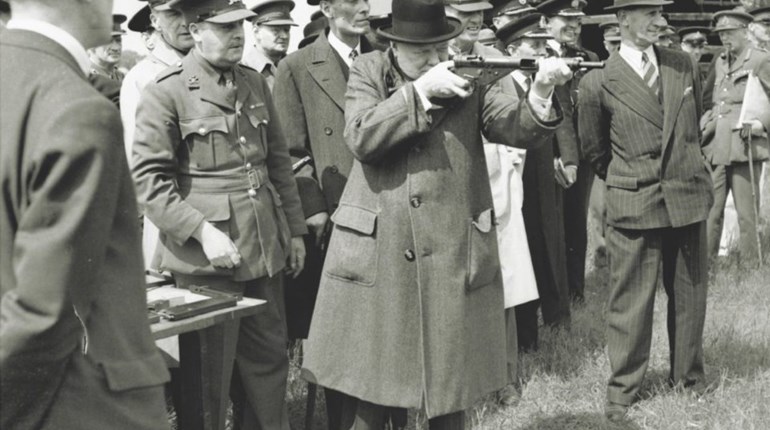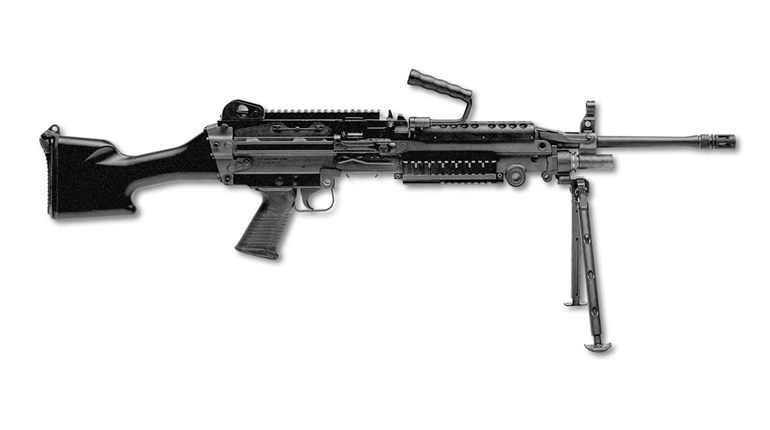
When one considers the history of U.S. machine guns or automatic rifles, the first thought might not be that one was designed in France. But it happened. Years ago, the United States military once put its stock in the French-designed Hotchkiss et Cie Benét-Mercié, made in 1909.
The Benét was used by the French after the invasion by the German army in 1914 and was later adopted for use by the U.S. military. The design was manufactured in the United States by Springfield Armory and Colt Manufacturing. It was an air-cooled design and could be fed by either a strip or belt. The original French models were chambered in 8X50 Lebel, and the U.S. models were in 30-06 caliber. The U.S. models replaced the military’s Gatling gun chambered in 30-06. The British military had their own version of the Benét chambered in it old favorite: the .303.
I’ve never fired a Benét-Mercié, but it’s my understanding that they could be quite finicky. Many complaints were filed by military users of the gun, stating that it was unreliable and very difficult to repair and maintain.
The gun was quite unique in appearance, with a black walnut stock cut down abruptly towards the front end, tapering to a straight grip. The front sight was a thin blade while the rear was an adjustable leaf graded from 0 to 2800 yards, as well as aperture sights. Some models were fitted with a telescopic rear sight. The guns were also fitted with a reportedly weak bipod.
On March 19, 1916, Francisco “Pancho” Villa and his forces crossed the border from Chihuahua into New Mexico, just south of Columbus. The raiders hit the sleepy little town just before dawn, wreaking havoc on everything in their way. Columbus was the site of a small U.S. Army camp. Lt. John Lucas, commander of the 13th Cavalry machine-gun group, had arrived by train from El Paso not long before the fight ensued and was in his quarters.
When he became aware of the raid, Lucas ran from his quarters to the magazine in his skivvies, barefooted, and grabbed one of four of the unit’s Benét-Mercié machine guns and got in the fight. A short time later, Lucas was joined by other troops. It’s estimated that five thousand rounds were fired through each of those Benéts over an hour and a half. From that time on, Lt. Lucas was often referred to as the “barefoot machine gunner."
Today, there is a state park and museum located at the site of the military base in Columbus. Interestingly, they have a fine specimen of a Benét-Mercié on display.
The machine guns at the Columbus fight apparently didn’t run without troubles, despite how many rounds were fired through them. The troubles resulted in an investigation by U.S. Army Maj. Gen. Julian Hatcher, one of the most noted authorities on firearms, particularly military firearms, of the time.
While the Benét had been utilized as the Army’s main machine gun, Hatcher concluded that it should be accompanied by a heavier gun. He further concluded that the Benét was not the sorry gun that many of its users had complained about. He stated that the poor performance of the gun was likely lack of training by the shooters. His conclusion was that troops had not been practicing with the Benét nearly enough to completely familiarize themselves with the operation, disassembly and loading of the gun, resulting in poor performance.
The Benét-Mercié is a fascinating part of history. I think we can all learn something from it, too.





































